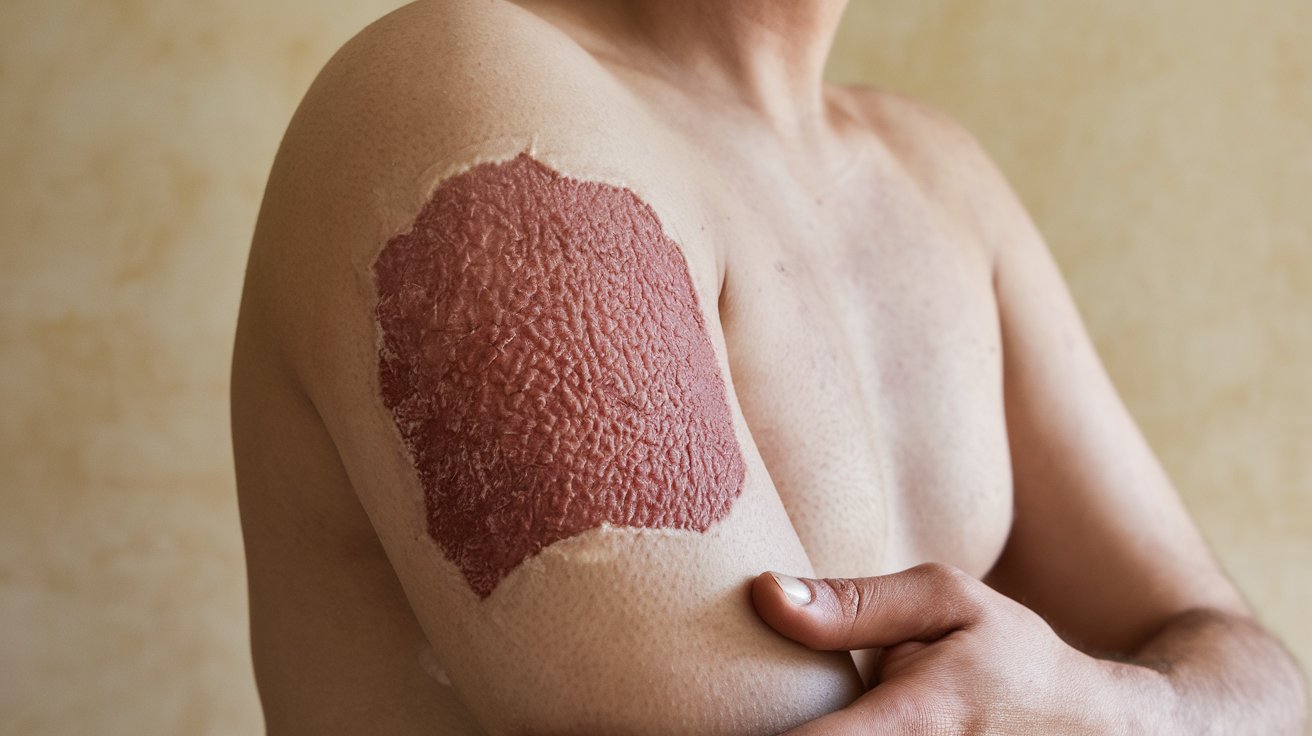
Dieterich's Disease, also known as Kienböck's Disease, is a rare condition affecting the wrist. It involves the death of the lunate bone due to disrupted blood supply. This can lead to pain, stiffness, and limited wrist movement. While the exact cause remains unclear, trauma or repetitive stress may play a role. Diagnosing Dieterich's Disease often requires X-rays, MRI, or CT scans. Treatment options range from non-surgical methods like splinting and anti-inflammatory medications to surgical interventions. Understanding this condition is crucial for those experiencing unexplained wrist pain. Here are 30 facts to help you grasp the essentials of Dieterich's Disease.
Key Takeaways:
- Dieterich's Disease is a rare condition that causes bone tissue death in the foot, leading to pain, swelling, and limited mobility. Early diagnosis and treatment are crucial for a better prognosis and recovery.
- Treatment options for Dieterich's Disease include rest, physical therapy, medications, and surgery. Lifestyle changes, such as weight management and appropriate footwear, can also help manage the symptoms and prevent further damage.
What is Dieterich's Disease?
Dieterich's Disease, also known as Avascular Necrosis (AVN) of the metatarsal head, is a rare condition affecting the bones in the foot. It primarily impacts the second metatarsal head, leading to bone tissue death due to a lack of blood supply. Understanding this disease can help in early diagnosis and treatment.
- Rare Condition: Dieterich's Disease is uncommon, affecting only a small percentage of the population.
- Bone Tissue Death: The disease causes the death of bone tissue in the metatarsal head due to insufficient blood flow.
- Second Metatarsal Head: It most commonly affects the second metatarsal head in the foot.
- Painful Condition: Patients often experience significant pain in the affected area.
- Swelling: Swelling around the metatarsal head is a common symptom.
- Limited Mobility: The disease can lead to reduced mobility in the affected foot.
- Age Group: It typically affects adults between the ages of 20 and 50.
- Gender: Both men and women can develop Dieterich's Disease, though it may be slightly more common in men.
- Causes: The exact cause is unknown, but it may be related to trauma, steroid use, or excessive alcohol consumption.
- Diagnosis: Diagnosis is usually made through X-rays, MRI, or bone scans.
- Early Stages: In the early stages, the disease may not show any symptoms.
- Progression: As the disease progresses, symptoms become more noticeable and severe.
- Treatment Options: Treatment may include rest, physical therapy, medications, or surgery.
- Non-Surgical Treatments: Non-surgical treatments aim to relieve pain and improve function.
- Surgical Treatments: Surgery may be necessary in severe cases to remove or repair the damaged bone.
- Recovery Time: Recovery time varies depending on the severity of the disease and the treatment used.
- Prognosis: Early diagnosis and treatment can improve the prognosis and prevent further complications.
- Complications: If left untreated, Dieterich's Disease can lead to chronic pain and disability.
- Prevention: There are no specific measures to prevent the disease, but maintaining a healthy lifestyle may reduce the risk.
- Research: Ongoing research aims to better understand the causes and develop more effective treatments.
- Support Groups: Support groups and online communities can provide valuable information and support for patients.
- Lifestyle Changes: Making lifestyle changes, such as reducing alcohol consumption and avoiding steroids, may help manage the disease.
- Footwear: Wearing appropriate footwear can help alleviate symptoms and prevent further damage.
- Weight Management: Maintaining a healthy weight can reduce stress on the affected foot.
- Physical Therapy: Physical therapy can help improve mobility and strength in the affected foot.
- Pain Management: Pain management techniques, such as medications and injections, can help control symptoms.
- Regular Check-Ups: Regular check-ups with a healthcare provider are important for monitoring the disease and adjusting treatment as needed.
- Patient Education: Educating patients about the disease and its management can empower them to take an active role in their care.
- Alternative Therapies: Some patients may find relief through alternative therapies, such as acupuncture or chiropractic care.
- Future Treatments: Advances in medical research may lead to new and more effective treatments for Dieterich's Disease in the future.
Final Thoughts on Dieterich's Disease
Dieterich's Disease, also known as Avascular Necrosis, is a condition where bone tissue dies due to lack of blood supply. This can lead to tiny breaks in the bone and eventual collapse. Commonly affecting the hip, it can also impact other joints like the shoulder, knee, and ankle. Early diagnosis and treatment are crucial to managing symptoms and preventing further damage. Treatments range from medications and physical therapy to surgical options like core decompression or joint replacement. Understanding the risk factors, such as trauma, steroid use, and alcohol consumption, can help in early detection and prevention. If you or someone you know shows symptoms like joint pain or limited range of motion, consult a healthcare professional. Staying informed and proactive can make a significant difference in managing this condition.
Frequently Asked Questions
Was this page helpful?
Our commitment to delivering trustworthy and engaging content is at the heart of what we do. Each fact on our site is contributed by real users like you, bringing a wealth of diverse insights and information. To ensure the highest standards of accuracy and reliability, our dedicated editors meticulously review each submission. This process guarantees that the facts we share are not only fascinating but also credible. Trust in our commitment to quality and authenticity as you explore and learn with us.
